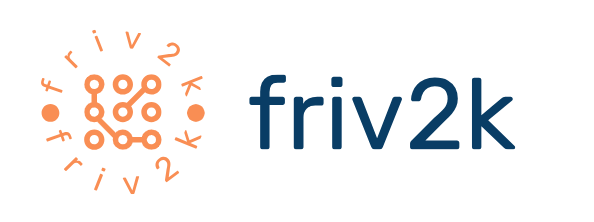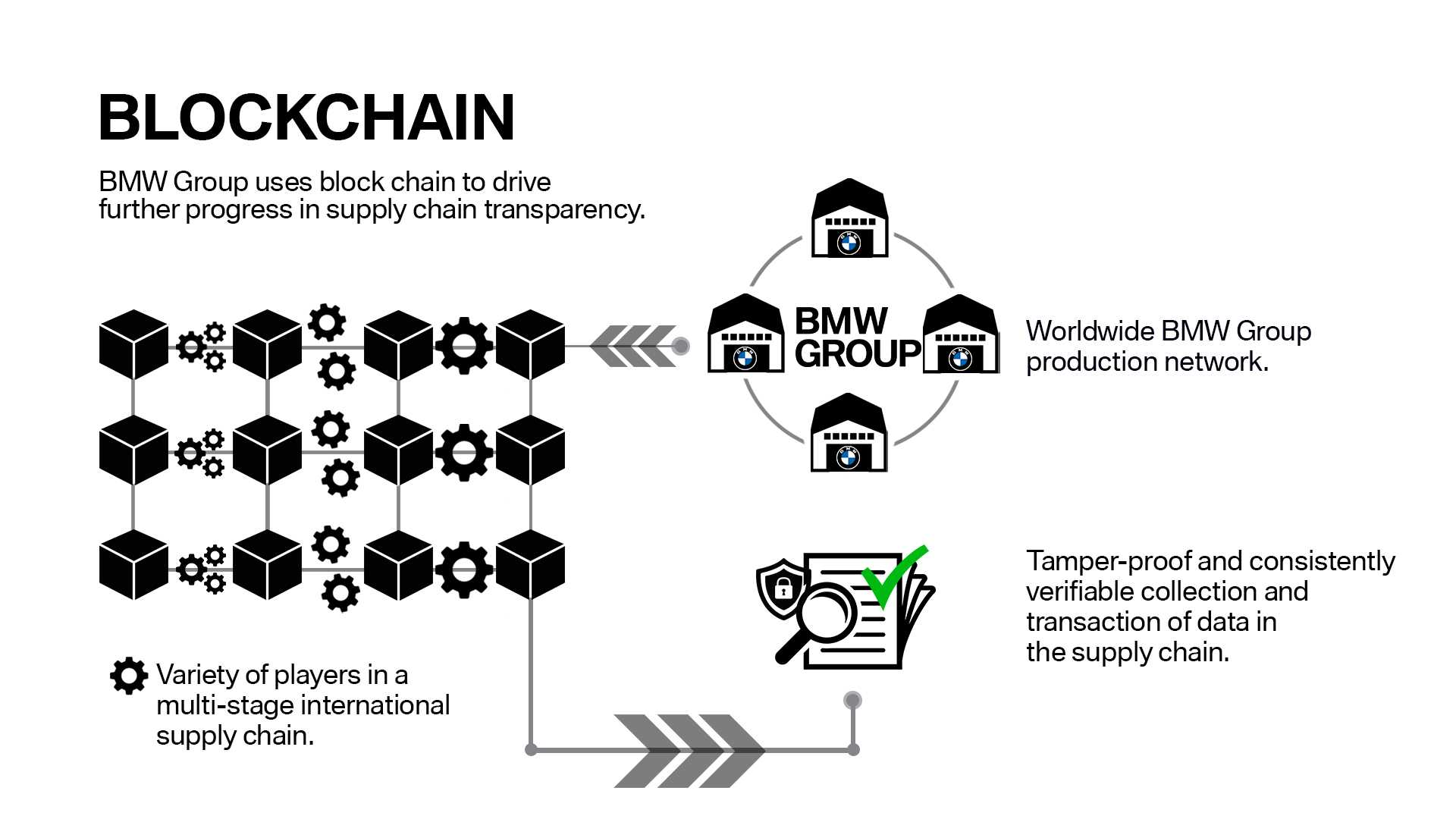Navigating Blockchain Options: A Comprehensive Comparison
Understanding the Blockchain Landscape
In the ever-evolving world of technology, blockchain stands out as a revolutionary force. As businesses and individuals embrace this transformative technology, the need to understand and compare various blockchain platforms becomes crucial. This article aims to provide a comprehensive guide to navigating the diverse landscape of blockchain options.
Decoding the Basics of Blockchain
Before diving into the comparison, it’s essential to grasp the fundamentals of blockchain. This distributed ledger technology operates on a decentralized network, ensuring transparency, security, and immutability of data. As the backbone of cryptocurrencies, blockchain’s applications extend beyond digital currencies to various industries, prompting the development of multiple platforms.
The Proliferation of Blockchain Platforms
The blockchain arena is teeming with platforms, each offering unique features, consensus mechanisms, and smart contract capabilities. From Ethereum and Binance Smart Chain to Polkadot and Solana, the choices can be overwhelming. Navigating this proliferation requires a deep dive into the intricacies of each platform.
Comparing Consensus Mechanisms
One of the key aspects of blockchain platforms is their consensus mechanism – the method by which nodes agree on the state of the blockchain. Platforms like Bitcoin use Proof of Work (PoW), while others, like Ethereum 2.0, are transitioning to Proof of Stake (PoS). Understanding these mechanisms is crucial for evaluating a platform’s security, scalability, and energy efficiency.
Smart Contracts and Decentralized Applications (DApps)
Smart contracts are self-executing contracts with coded terms, and DApps are applications built on blockchain platforms. Ethereum pioneered this concept, but other platforms like Binance Smart Chain and Cardano are gaining ground. Examining the capabilities and limitations of smart contracts and DApps is pivotal for businesses and developers seeking the right fit for their projects.
Scalability Challenges and Solutions
Scalability remains a significant hurdle for blockchain platforms. As demand increases, issues like slow transaction speed and high fees become more pronounced. Platforms like Polkadot aim to address these challenges through innovative solutions, such as interoperability and parachains. Assessing a platform’s scalability is crucial for its long-term viability.
Security Features and Considerations
Blockchain’s inherent security is a major draw, but not all platforms are created equal. Examining features like encryption methods, consensus mechanisms, and the platform’s track record regarding security breaches is essential. Platforms like Tezos emphasize formal verification, a technique that mathematically proves the correctness of smart contracts, enhancing security.
Interoperability: Bridging the Gap
In a world with multiple blockchains, interoperability – the ability of different blockchains to communicate and share data – becomes paramount. Platforms like Cosmos and Polkadot focus on creating an interconnected blockchain ecosystem. Evaluating a platform’s approach to interoperability is crucial for those looking to leverage multiple blockchains seamlessly.
Community and Developer Support
The strength of a blockchain platform often lies in its community and developer support. Platforms with active communities and engaged developers tend to evolve rapidly and address challenges effectively. Ethereum’s vast developer community, for example, has contributed to its dominance. Assessing the vibrancy and dedication of a platform’s community is a valuable aspect of the comparison.
Real-World Applications and Use Cases
Beyond the technical aspects, real-world applications and use cases are the litmus test for any blockchain platform. Some excel in finance and DeFi, while others focus on supply chain management or identity verification. Understanding a platform’s practical applications and success stories is crucial for aligning it with specific business needs.
Conclusion: Navigating the Future of Blockchain
As the blockchain landscape continues to evolve, navigating the options requires a strategic approach. Whether you’re a developer seeking the right platform for your DApp or a business exploring blockchain integration, a comprehensive comparison is your compass. By understanding the nuances of each platform, you can chart a course that aligns with your goals, ensuring a seamless journey into the future of blockchain technology. Read more about blockchain comparison



